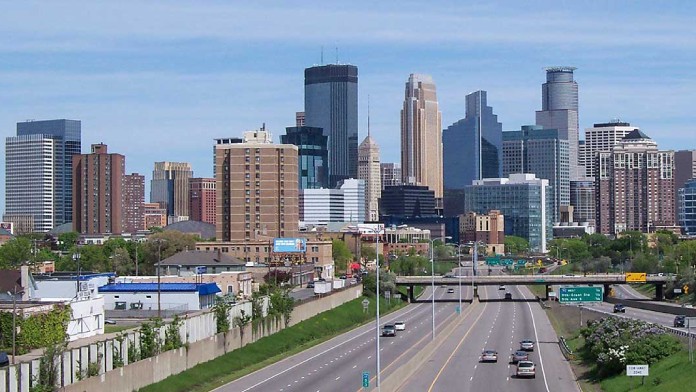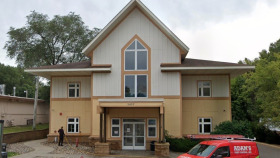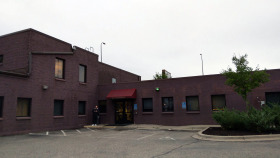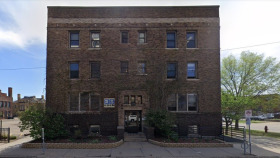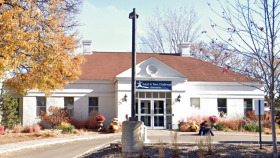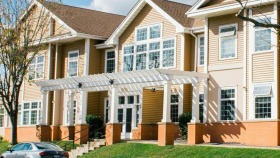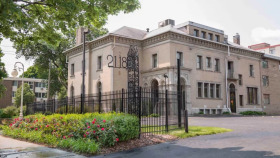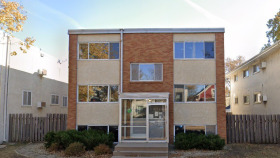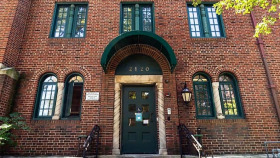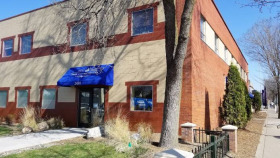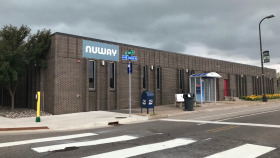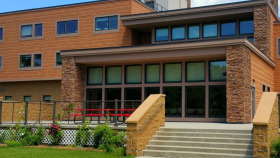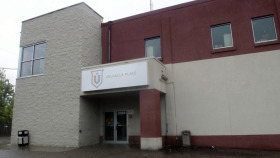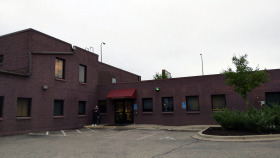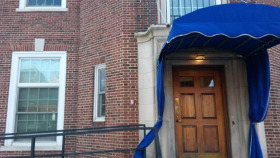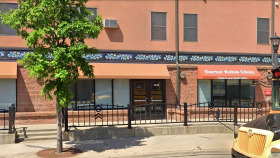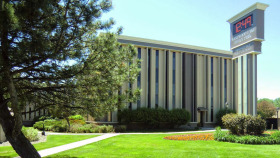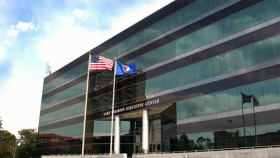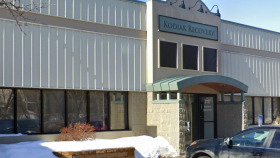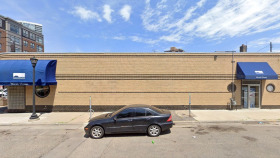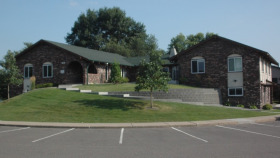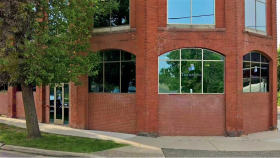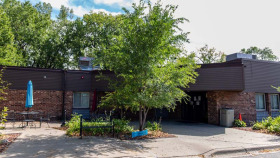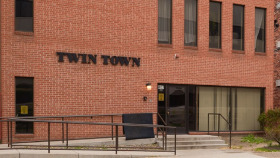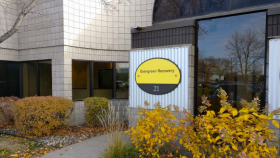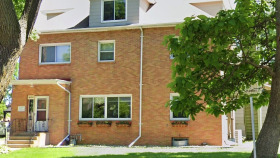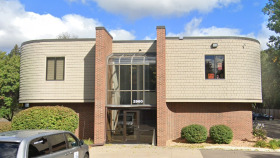Expert Insights
Minnesota has some of the highest binge drinking rates in the nation. And in 2020, more than 43,000 emergency room visits in the state were related to alcohol use. Fortunately, help is available for those who are struggling with substance abuse in Minneapolis. There are 42 substance use treatment facilities within the city limits. Unfortunately, only one of these facilities offers free treatment. Outpatient rehab averages around $1,700. Since the median income in Minneapolis is $70,099, these services may be affordable for some, but residential rehab costs more than $56,000 on average. Policies need to be put in place to make this much-needed treatment more accessible for the residents of Minneapolis.
~ Kerry Nenn
How Does Minneapolis Compare in Alcohol and Drug Use?
Over 429,000 people call Minneapolis, Minnesota home. Located in the Midwest region of the United States, Minneapolis is undeniably struggling with a drug and alcohol use problem. In 2020, Hennepin County saw 5,593 rehab admissions for alcoholism, 3,044 for opioid addiction, and 2,614 for methamphetamine abuse. But with 134 accredited mental health and drug rehab centers in Minneapolis, it’s easier than ever to find a recovery program that’s right for you.
Statistics on substance use in Minnesota provide a snapshot of how widespread the issue is:
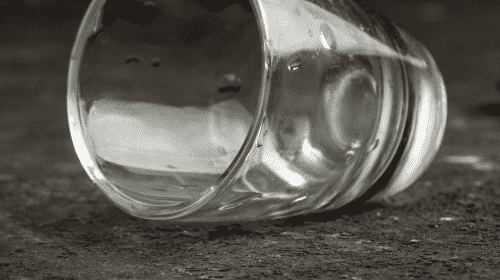
An estimated 2,151 alcohol-related deaths occurred in 2019.
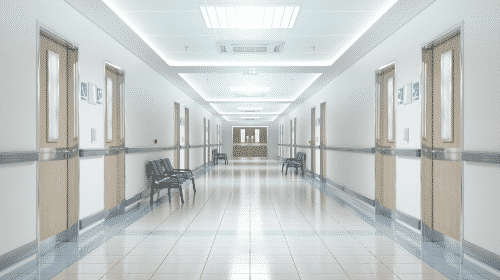
Alcohol contributed to 35,889 hospitalizations and 43,217 ER visits in 2020.
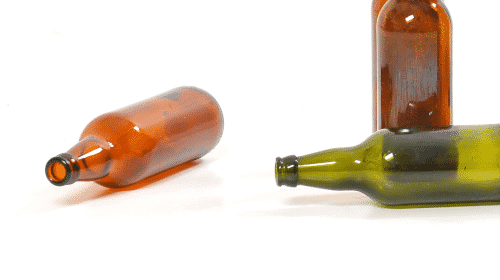
4% of adults report binge drinking, which is one of the highest rates in the nation.

About 2% of Minnesota adults meet the criteria for a drug use disorder.
drug overdose deaths occurred in Hennepin County in 2020.
non-fatal overdoses occurred in Hennepin County in 2020.
Alcohol and Drug Laws in Minneapolis
It can be helpful to be aware of drug and alcohol laws in Minneapolis, whether you live there or plan on attending rehab in the city. Read below for an overview of these laws.
Minnesota Good Samaritan Law: Minnesota’s Good Samaritan Law encourages non-emergency personnel to assist those who need help in the event of a drug overdose. If you call 911 to report a suspected or known drug overdose, you will be protected from prosecution for using or possessing drugs.
Hennepin County Drug Court: Hennepin County Drug Court is a court-supervised treatment program for non-violent drug offenders. The goal of this program is to reduce criminal recidivism among people living with substance use disorder who are at high-risk to re-offend, reduce illegal drug use, and improve participants’ lives through employment, education/training, and housing. Adults over 18 who have committed non-violent crimes are eligible for the program. Participants receive long-term treatment (6 months or more), regular drug testing, individual and group counseling, and attendance at community-based support groups.
Naloxone Access and Steve’s Law: Anyone in Minnesota can get naloxone (Narcan) at pharmacies without a prescription. Steve’s Law allows the public access to naloxone to administer the medication in the event of a drug overdose. It can be helpful to carry naloxone with you if you and/or people you care for are regular drug users.
Employee Protections for Addiction Treatment: The Family Medical Leave Act (FMLA) offers employees job protection when they attend drug and alcohol rehab. The law states that you are entitled to 12 weeks of unpaid work without fear of losing your employment while getting medical treatment. Rehab qualifies as a medical treatment, so your job is protected, and you may take unpaid leave and use your sick days and/or vacation time while in rehab.
Resources
- United States Census. (2022). Minneapolis, Minnesota.
- Center for Medicaid and CHIP Services. (December 2020). Mandatory Medicaid state plan coverage of medication-assisted treatment.
- National Library of Medicine. (April 2022). Opiate and opioid withdrawal.
- Meet Minneapolis. (2022). North Loop.
- Minnesota Department of Human Services. (2022). Find naloxone near you.

